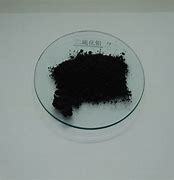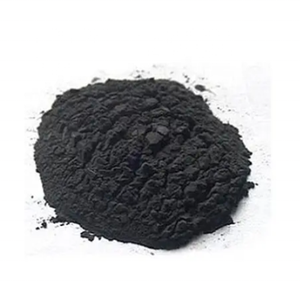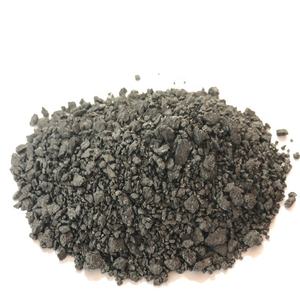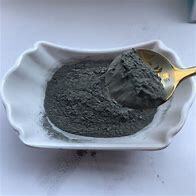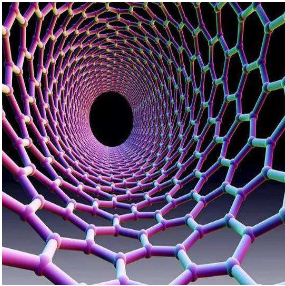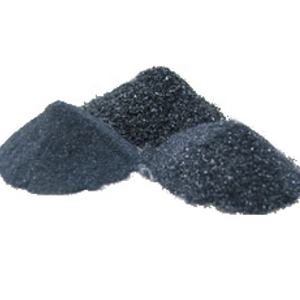Professional graphite material supplier, graphite for EV, grease, furnace and any other industries.
(What are basic structure and properties of graphite?)
The crystal structure of graphite
Graphite is a substance composed of a single carbon element, and its crystal structure belongs to the hexagonal crystal system, showing a hexagonal layered structure. The carbon atoms on the plane combine with σ bonds formed by sp2 hybrid orbitals and delocalized π bonds formed by Pz orbitals to form a firm hexagonal grid-like plane, the carbon-carbon atomic spacing is 1.42 Å, and there is very strong bond energy between carbon atoms (345KJ/mol), the carbon atom planes are bound by weak van der Waals forces (bond energy is 16.7KJ/mol), and the interlayer spacing is 3.354Å.
Graphite is soft and dark gray; it has a greasy feel and can contaminate paper. The hardness is 1~2, and the theoretical density is 2.26g/cm3.
There is no pure graphite in nature, and natural graphite minerals often contain impurities such as SiO2, A12O3, FeO, CaO, P2O5, CuO, etc.
These impurities often appear in the form of minerals such as quartz, pyrite, and carbonate. In addition, it also contains water, hydrocarbons, CO2, H2, N2, and other gases.
Therefore, in the analysis of graphite, in addition to the determination of the fixed carbon content, the content of volatile matter and ash must also be determined at the same time.
Basic properties of graphite
Due to its special structure, graphite has the following excellent properties:
(1) High-temperature resistance: Graphite is one of the most temperature-resistant substances. It has no melting point under normal pressure. Even if it is burned by an ultra-high temperature arc, the weight loss is very small.
(2) Electrical and thermal conductivity. Graphite has very high electrical and thermal conductivity. The thermal conductivity decreases with increasing temperature and at very high temperatures graphite even becomes adiabatic.
(3) Lubricity: The lubricity of graphite depends on the size of the graphite grains and the degree of development of the crystals. The larger the graphite grain, the more perfect the crystal development, the smaller the friction coefficient, and the better the lubricating performance.
(4) Chemical stability: Graphite has good chemical stability at room temperature and is resistant to acid, alkali, and organic solvent corrosion.
(5) Plasticity: graphite has a certain toughness, can be simple mechanical processing, crystal development of the higher degree of graphite can even be milled into a very thin sheet.
(6) Thermal shock resistance: Graphite has a very small coefficient of thermal expansion and can withstand drastic changes in temperature without damage during use.
High quality graphite manufacturer
Luoyang Moon & Star New Energy Technology Co., LTD, founded on October 17, 2008, is a high-tech enterprise committed to the research and development, production, processing, sales and technical services of lithium ion battery anode materials. After more than 10 years of development, the company has gradually developed into a diversified product structure with natural graphite, artificial graphite, composite graphite, intermediate phase and other negative materials (silicon carbon materials, etc.). The products are widely used in high-end lithium ion digital, power and energy storage batteries.
If you are looking for graphite or lithium battery anode material, click on the needed products and send us an inquiry:sales@graphite-corp.com
(What are basic structure and properties of graphite?)

